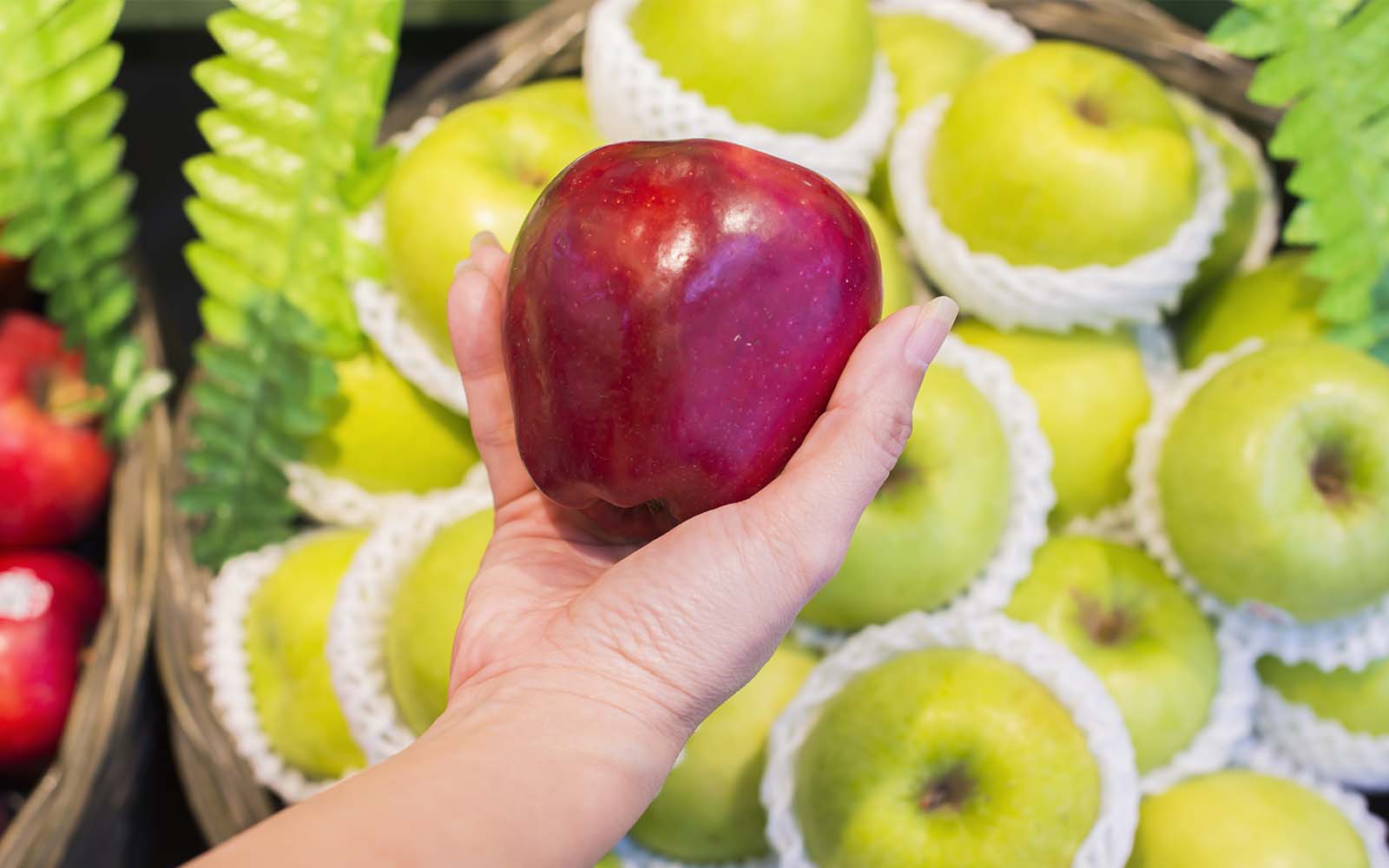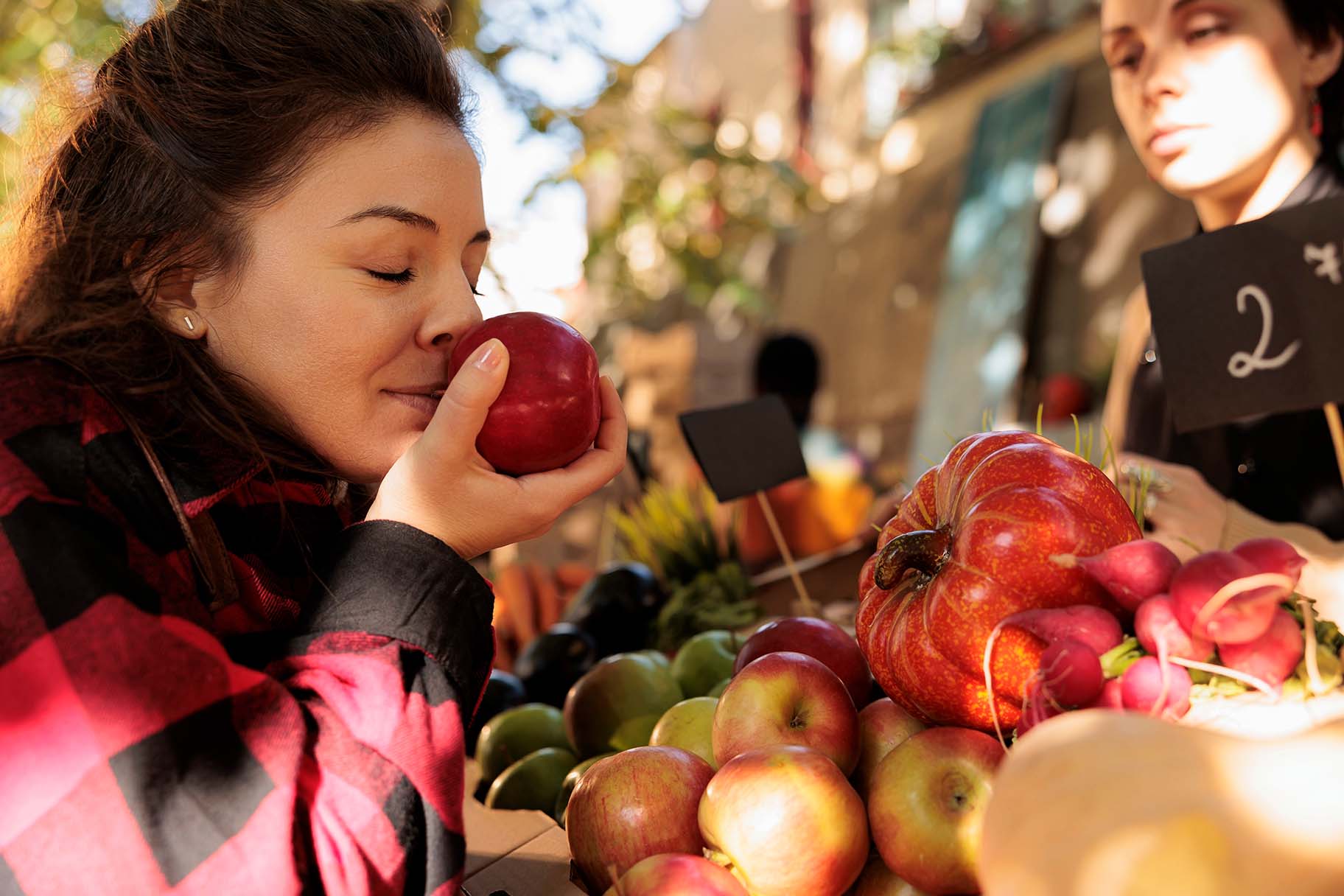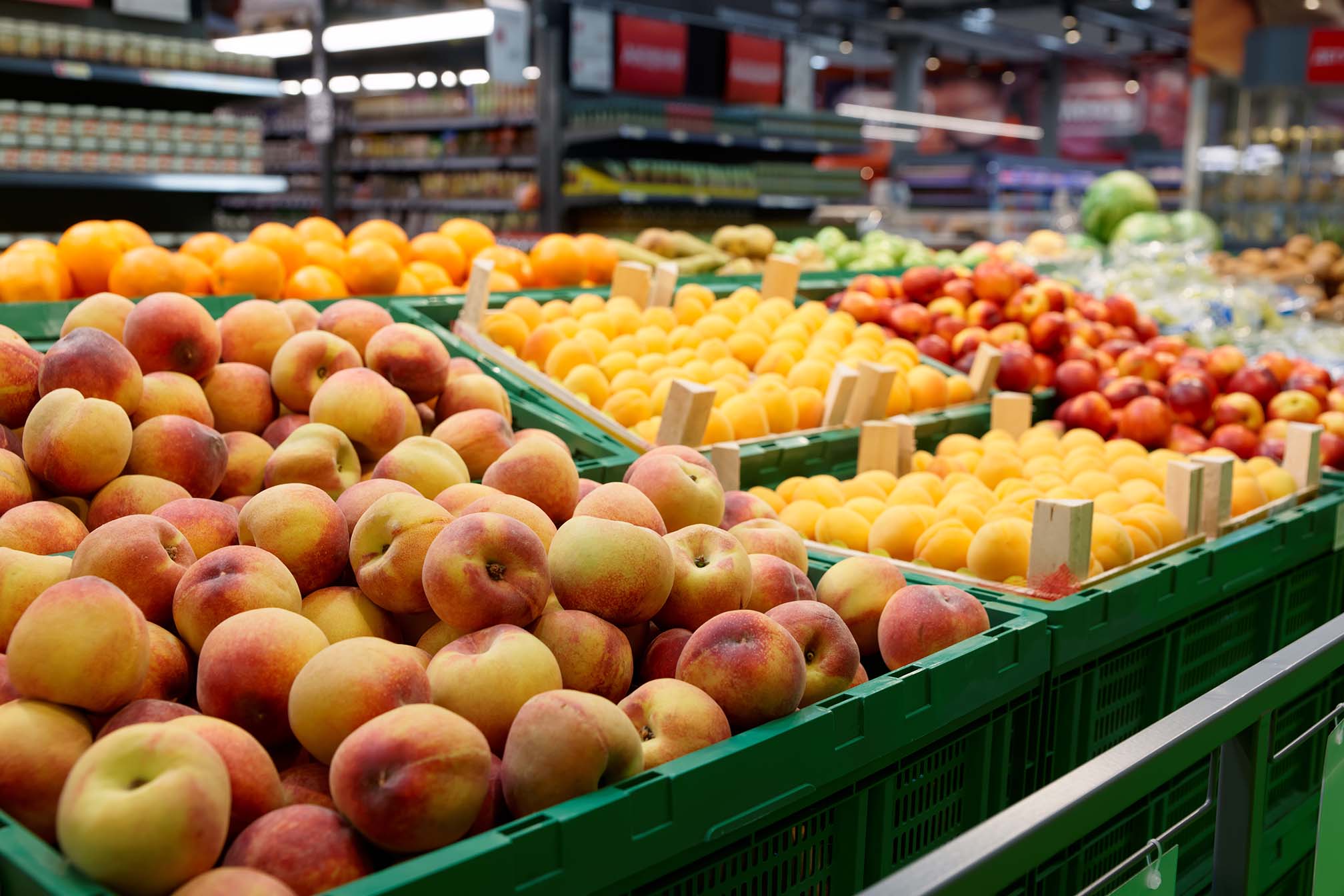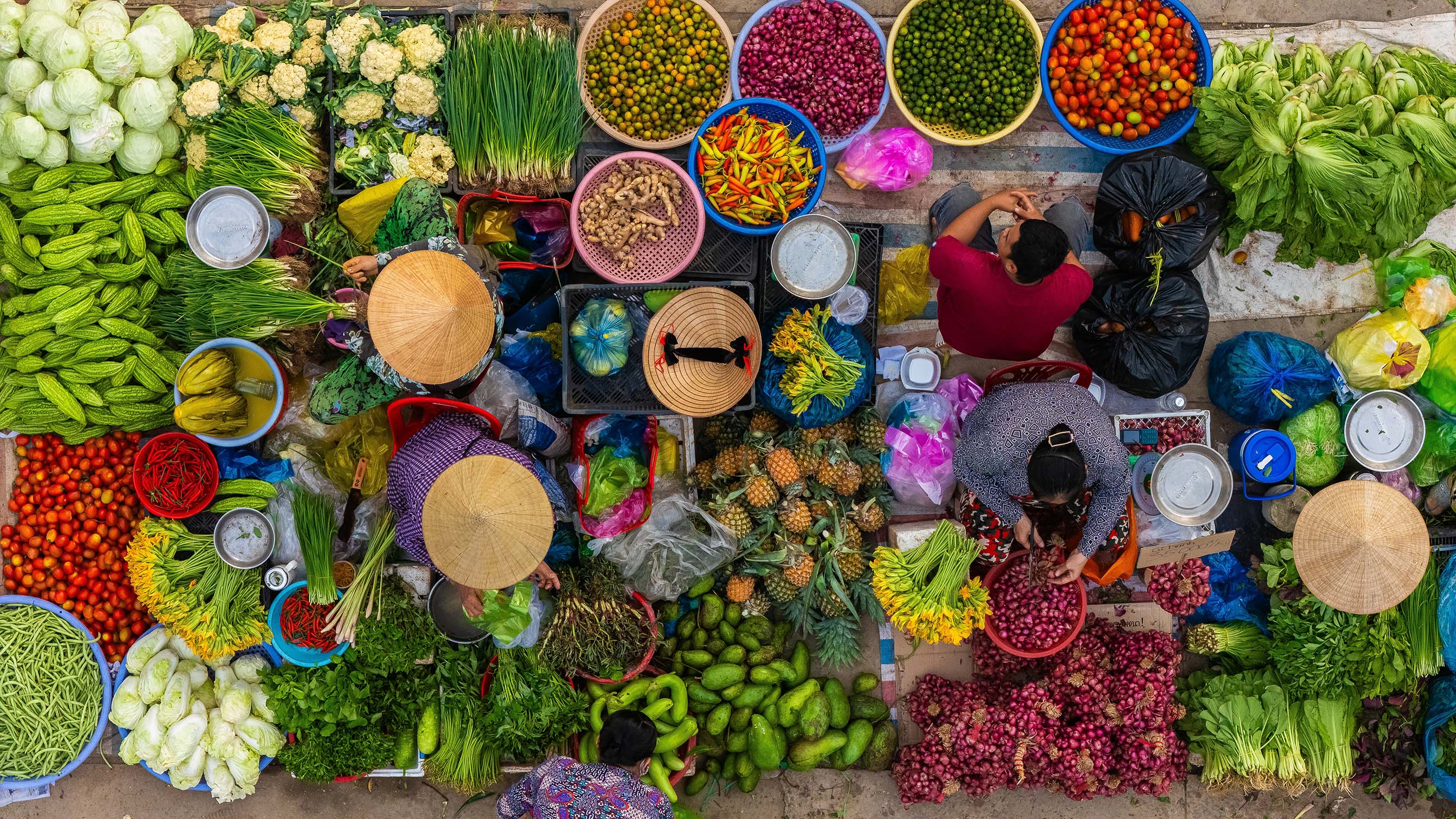
Fresh, colorful fruits and veggies are essential for a healthy diet, right? But have you ever brought home a batch of fruit or greens from the store, only to find they’re unripe, tasteless, or wilted the next day? It’s frustrating – not to mention a waste of money! Here’s how to pick and store fresh produce so you get the best quality and taste.

Look, Smell, and Select
When picking fruit, go by its look and smell. Ripe fruits usually feel heavier with a sweet smell. Avoid anything brown, soft, or moldy. For example, if a fruit like an orange feels firm and has a nice greenish stem, it’s usually fresh and flavorful. If it’s too hard, it may not be tasty. For veggies, look for bright, crisp leaves. If stems look brown or soft, the veggies are likely old. Fresh greens should feel firm and look lively. For example, if you’re picking cauliflower, go for a dense, cream-colored head without brown spots.

Touch and Test
Feel the fruit. Ripe fruits feel firm but not too hard, while overripe ones may be too soft or mushy. Be gentle with soft fruits like peaches and nectarines since they bruise easily.

Go for Local and Seasonal
Buying local, in-season produce means it’s likely fresher and more flavorful. Imported produce may have been picked early and lacks its natural taste. Seasonal, locally grown fruits and vegetables offer better flavor and nutrients.

Store Them Right
Some fruits, like mangoes and avocados, continue to ripen at home. If they’re not fully ripe yet, keep them at room temperature until ready. Once ripe, you can refrigerate to slow down further ripening. For greens, use them quickly after purchase or keep them in the fridge wrapped in paper towels to retain moisture without wilting.
If you’re unsure, don’t also hesitate to ask the seller for help. They can often recommend the freshest options for what you need. So, next time you’re shopping, use these tips to bring home the best produce, making meals fresher, tastier, and better for you!




Comments